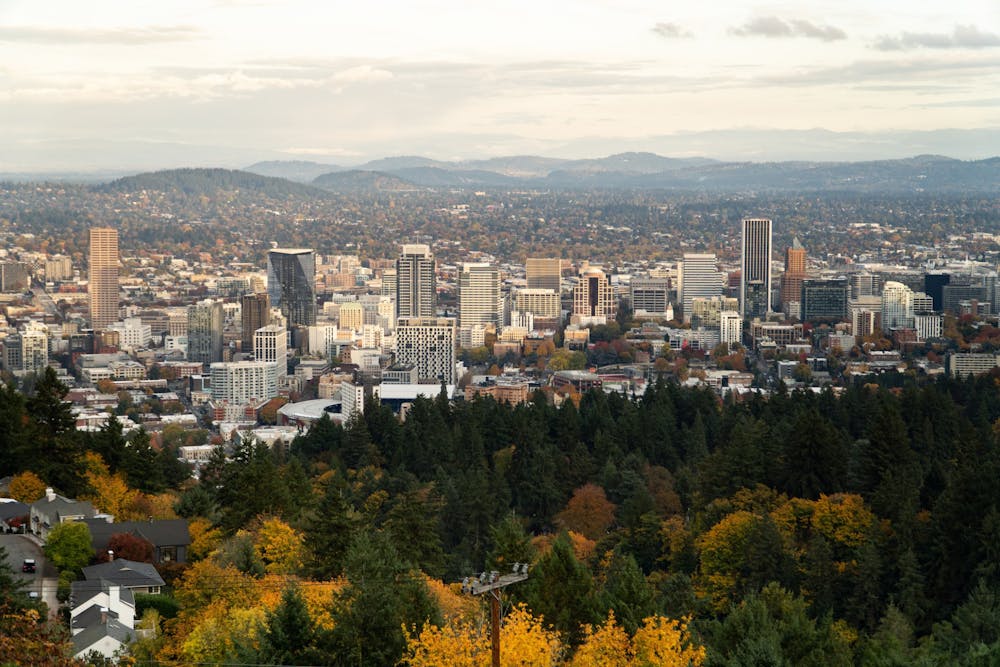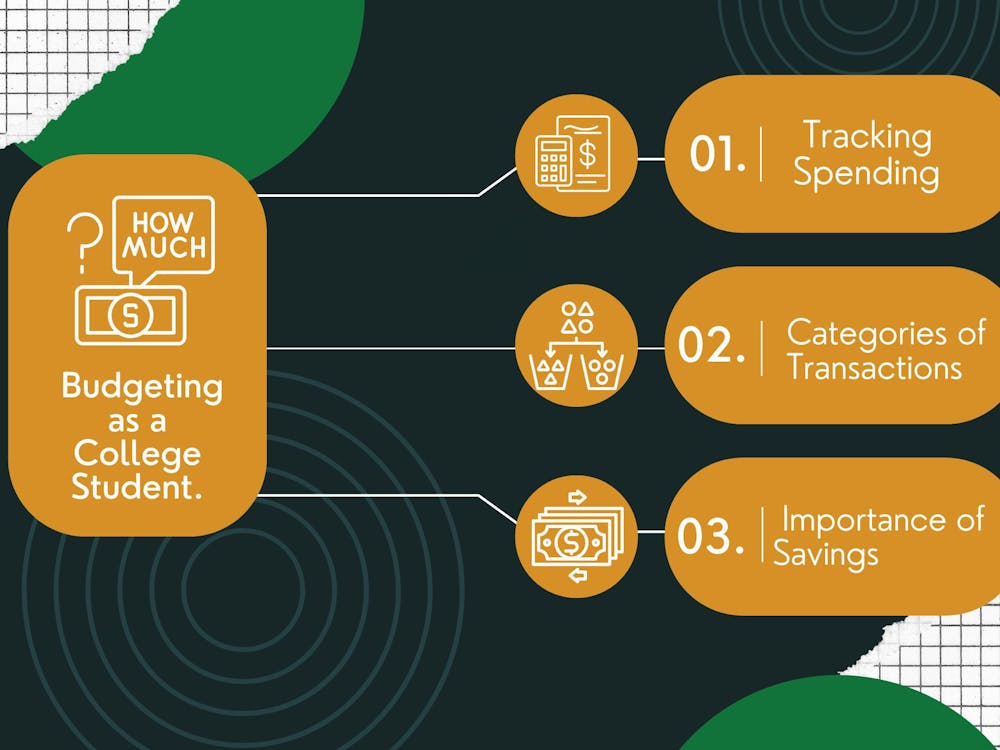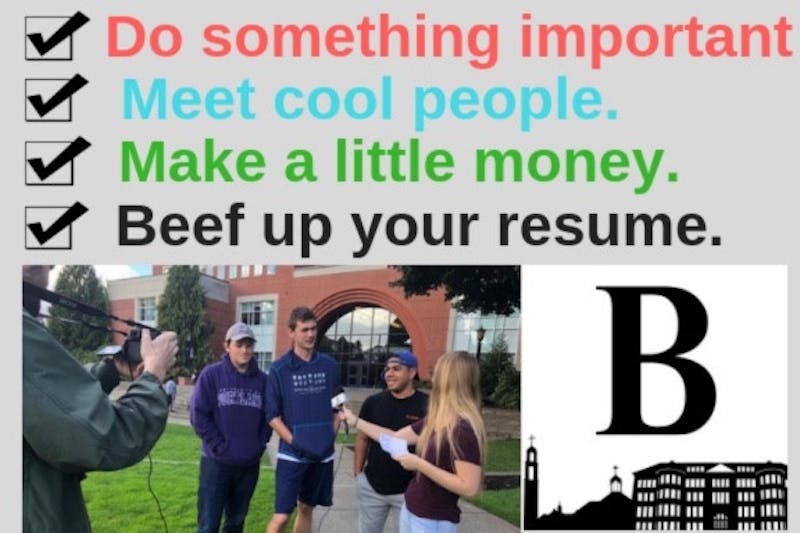The ground begins to shake beneath your feet, glasses begin to clink and your breakfast falls to the floor. Residents in the Pacific Northwest may one day experience this when “The Really Big One” hits.
The Cascadia Subduction Zone earthquake, otherwise known as “The Big One,” is an earthquake with a magnitude greater than 7.1 that has a 37% chance of occurring in the next 50 years.
The earthquake has the potential to impact the Pacific coastline from Vancouver, British Columbia, down to Northern California, and it is estimated to cause $37 billion in damage to the Portland metropolitan area.
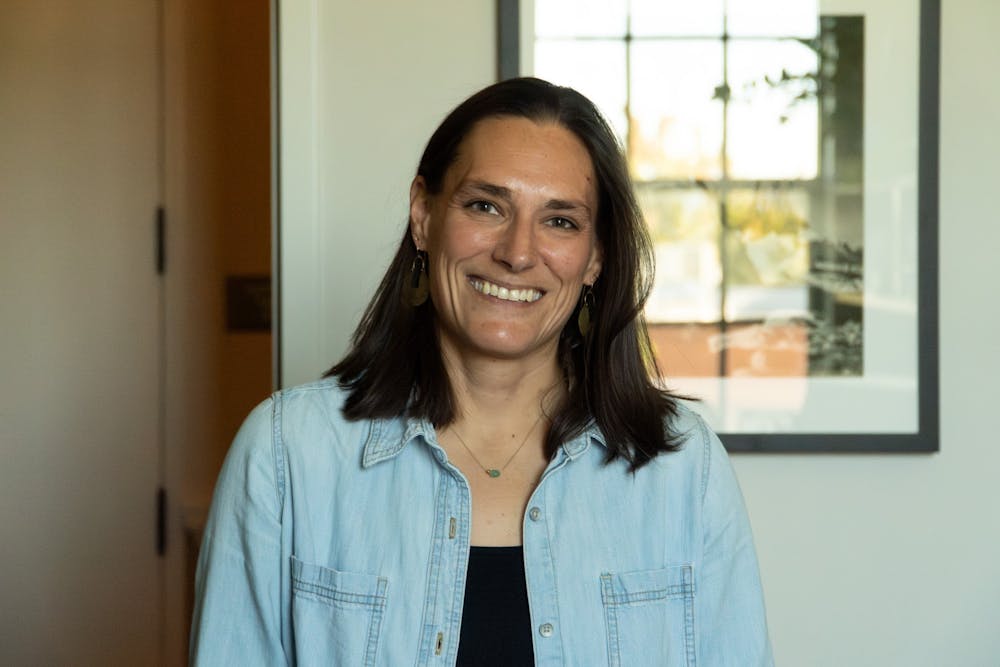
Environmental studies professor Kali Abel focuses on the Cascadia earthquake in her science classes, but especially in ENV 110, “Earth Systems Science,” and ENV 111, “Natural Hazards in the Pacific Northwest.” Abel is particularly focused on informing students of the Cascadia earthquake and why it is worth preparing for.
In her 100 level classes, Abel discusses all things tectonics. This means understanding the seismicity, volcanoes and plate interactions that cause earthquakes. Abel explains that our planet is covered in tectonic plates, which are constantly interacting with each other. As they push against one another, tension begins to build.
An earthquake happens when one plate finally moves under the pressure of the other. Japan, situated in the Ring of Fire, is particularly earthquake-prone because the plates in the region shift often.
But the Cascadia subduction zone has not produced an earthquake since 1700. That means over 300 years of tension have built up.
Abel presents this information to her students to encourage a plan and an earthquake kit.
In class, Abel asks her students to make a list of everything they might need in an emergency. In the event of an earthquake, something as simple as contact solution could make or break someone's safety, according to Abel.
“The idea is having the things that you need … in the absence of help being available,” Abel said. “That's anything from having water … [to] having non-perishable food items. … It's recognizing that your cell phone probably will not work, so having a list of phone numbers [you may need].”
Abel recommends a flashlight, first aid kit, warm clothes and necessary medications.
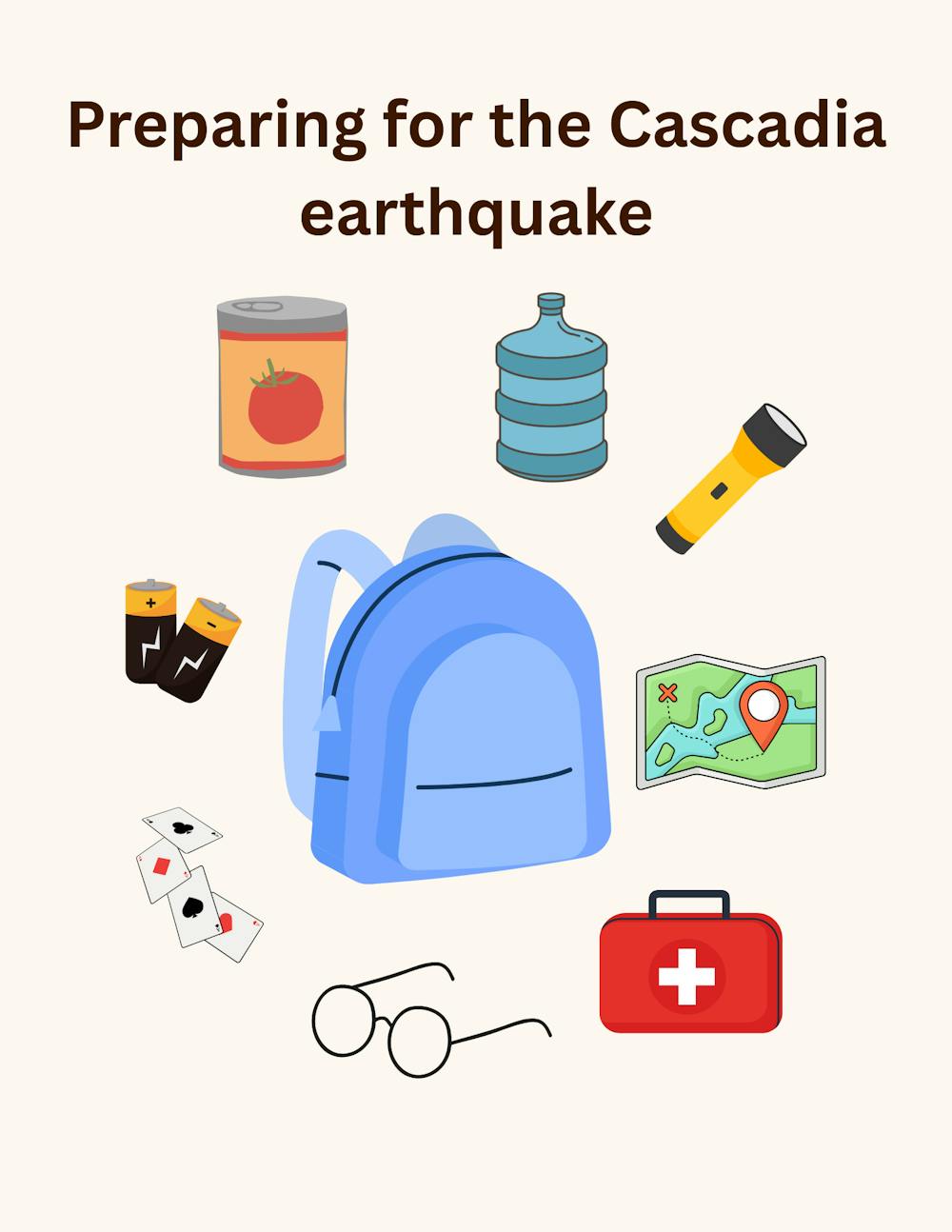
Though this kit’s purpose is largely focused on the practical, Abel recognizes the importance of small beacons amid disaster. Having a way to occupy yourself or your family while you wait for support can help alleviate stress and tension.
So, own a spare deck of cards or a Rubik’s Cube? Throw that in your earthquake kit as well.
For Abel, an earthquake plan is just as important as having a go-bag. If you have loved ones spread across your city, discuss a good meeting point. Have a conversation about where to meet and what your plan would look like after the earthquake hits.
If done well, a go-bag and a plan could save lives. And for Abel, this conversation is about more than just preparedness.
“Oftentimes we see the physical earth around us as stagnant, but it's constantly changing, and it's constantly shaping how we live our lives,” Abel said.
To learn more about what to add to your earthquake kit, visit Build A Kit.
Nandita Kumar is a reporter for The Beacon. She can be reached at kumarn27@up.edu.



